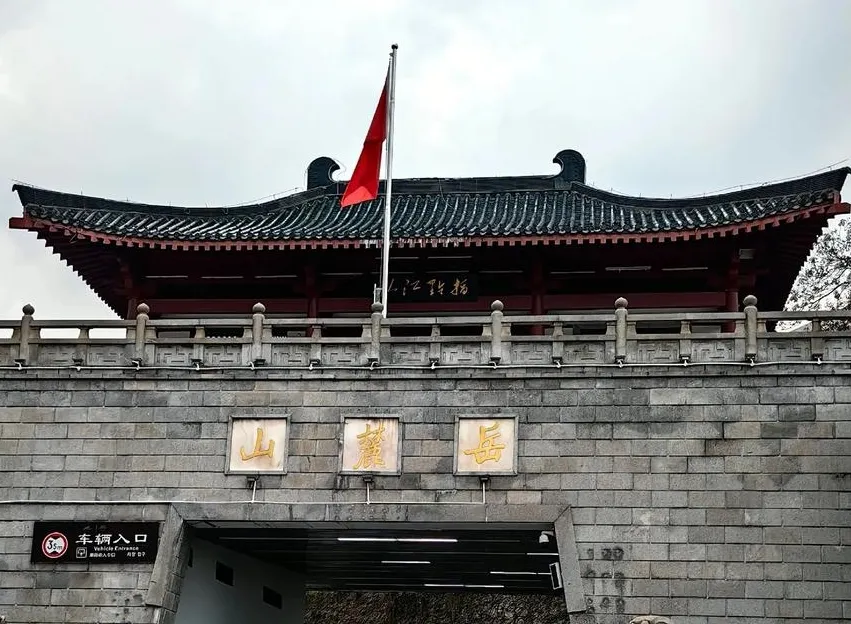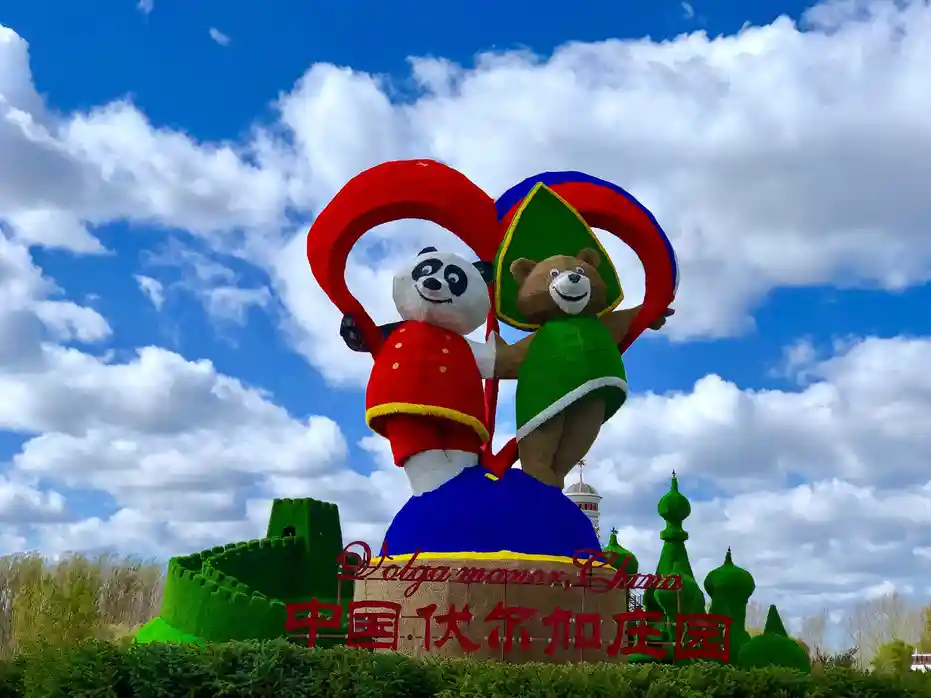Introduction
Nestled in the heart of Hunan Province, Yuelu Mountain stands as a symbol of natural beauty and cultural richness. This iconic destination draws visitors from around the globe with its lush forests, historical landmarks, and breathtaking views of the Xiang River. Whether you’re a nature lover, history enthusiast, or simply looking for a peaceful escape, Yuelu Mountain offers something for everyone.
In this comprehensive travel guide, we’ll explore everything you need to know about visiting Yuelu Mountain. From transportation tips and must-see attractions to local legends and seasonal highlights, this article will help you plan an unforgettable journey through one of China’s most revered natural wonders.
1. Getting to Yuelu Mountain
Reaching Yuelu Mountain is straightforward thanks to Changsha’s well-connected public transport system. The mountain is located just west of the city center, making it easily accessible by bus, metro, or taxi.
By Metro
The most convenient way to reach Yuelu Mountain is by taking Metro Line 4 and getting off at Huangtuling Station. From there, it’s a short walk to the southern entrance of the park.
By Bus
Several bus routes serve the area, including numbers 66, 106, and 405. These buses stop near major entrances to the mountain and are ideal for travelers staying in central Changsha.
By Taxi or Ride-Sharing App
For those who prefer door-to-door service, taxis and ride-hailing apps like Didi are widely available and offer a comfortable option, especially if you’re traveling with family or luggage.
2. Exploring Yuelu Academy
One of the oldest and most respected academies in China, Yuelu Academy sits at the foot of Yuelu Mountain. Founded during the Song Dynasty, it has played a significant role in shaping Chinese intellectual thought for over a thousand years.
Visitors can wander through its ancient courtyards, admire traditional architecture, and learn about the scholars who once studied here. The academy also houses a museum that showcases rare manuscripts, calligraphy, and artifacts from different dynastic periods.
A visit to Yuelu Academy provides valuable context for understanding the cultural significance of Yuelu Mountain and its enduring influence on education and philosophy in China.
3. Top Attractions on Yuelu Mountain
Yuelu Mountain is home to numerous scenic spots and historical sites. Here are some of the top attractions worth exploring:
- Aiwan Pavilion – A famous classical structure often mentioned in Chinese poetry.
- Cloud-Breaking Pavilion – Offers panoramic views of Changsha and the surrounding landscape.
- Martyrs’ Memorial – Honors revolutionary heroes from modern Chinese history.
- Cultural Relics Corridor – Displays stone inscriptions and historical records related to the mountain.
Each location tells a unique story and contributes to the rich tapestry of Yuelu Mountain’s heritage. Whether you’re interested in architecture, history, or natural scenery, these sites offer a rewarding experience.
4. Hiking Trails and Scenic Routes
Hiking is one of the best ways to fully appreciate the beauty of Yuelu Mountain. There are several trails that cater to different fitness levels, from leisurely strolls to more challenging climbs.
The main hiking route starts at the south gate and winds up through forested paths to the summit. Along the way, you’ll encounter shaded groves, quiet temples, and viewpoints offering stunning vistas of Changsha.
If you’re short on time, consider the shorter loop trail near Aiwan Pavilion. It’s perfect for a quick nature break without needing a full day commitment.
Remember to wear comfortable shoes, bring water, and check the weather before heading out. Spring and autumn are particularly pleasant seasons for hiking.
5. Local Legends and Cultural Stories
Yuelu Mountain is steeped in folklore and historical narratives. One popular legend tells of how the mountain got its name from an ancient poet who described the mist-covered peaks as “yue” (meaning cloud-covered) and “lu” (meaning green).
Another tale speaks of a scholar who meditated on the mountain for years, eventually achieving enlightenment beneath a sacred tree. These stories add depth to your visit and highlight the spiritual importance of the site throughout Chinese history.
Learning about these myths and traditions enhances your appreciation of the cultural atmosphere that surrounds Yuelu Mountain.
6. Best Time to Visit Yuelu Mountain
The ideal time to explore Yuelu Mountain depends on what kind of experience you’re seeking. Each season brings its own charm:
| Season | Highlights |
|---|---|
| Spring (March–May) | Blossoming flowers, mild temperatures, and fresh air make spring a delightful time to visit. |
| Summer (June–August) | Expect warm weather and occasional rain showers. Early mornings are best for hiking. |
| Autumn (September–November) | This is peak season due to comfortable weather and vibrant fall foliage. |
| Winter (December–February) | Cool but generally dry. Fewer crowds and serene winter landscapes await. |
Planning your trip according to your preferences ensures a more enjoyable and memorable visit.
7. Nearby Attractions Worth Visiting
After exploring Yuelu Mountain, consider extending your adventure to nearby points of interest. Just across the river lies the bustling city center of Changsha, where you can enjoy local cuisine, shopping, and nightlife.
Other nearby attractions include:
- Juzizhou Island – A picturesque island in the Xiang River, known for its statue of Mao Zedong.
- Changsha Museum – Offers insights into the region’s ancient history and archaeological discoveries.
- Tianding Temple – A peaceful monastery with beautiful gardens and tranquil surroundings.
These locations complement your visit to Yuelu Mountain and provide a well-rounded experience of the area.
8. Tips for a Smooth Visit
To make the most of your trip to Yuelu Mountain, keep the following tips in mind:
- Arrive early to avoid crowds and enjoy cooler temperatures.
- Wear appropriate clothing depending on the season. Layers are useful in spring and fall.
- Bring snacks and water, especially if planning a longer hike.
- Respect local customs when visiting temples or cultural sites.
- Use official maps or navigation apps to avoid getting lost.
Following these simple guidelines will enhance your comfort and safety while exploring the mountain.
9. Photography Opportunities
Yuelu Mountain is a paradise for photographers. With its mix of natural beauty and architectural landmarks, every turn presents a new opportunity for capturing stunning images.
Some of the best photo spots include:
- Viewpoint near Cloud-Breaking Pavilion
- Aiwan Pavilion surrounded by autumn leaves
- Stone path lined with ancient trees
- Riverfront view from the summit
Whether you’re using a smartphone or professional camera, don’t forget to take time to appreciate the scenery and capture lasting memories.
10. Conclusion: Making the Most of Your Yuelu Mountain Experience
Yuelu Mountain is more than just a scenic destination — it’s a blend of history, culture, and natural wonder that offers something for every traveler. From the historic Yuelu Academy to the peaceful hiking trails and vibrant seasonal scenery, this mountain continues to captivate visitors year after year.
Plan your trip according to your interests, arrive prepared, and take time to immerse yourself in the unique atmosphere of the area. Whether you’re visiting for a few hours or a full day, Yuelu Mountain promises a memorable and enriching experience.
As you explore this legendary site, you’ll not only enjoy its physical beauty but also connect with the deep cultural roots that have made Yuelu Mountain a cherished landmark in Chinese history.



